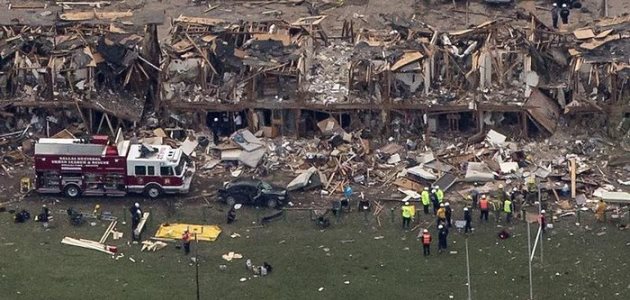
CSB Makes Emergency Planning/Response a Most Wanted Improvement
The board did this because the members concluded that poor emergency planning is a recurring finding in its investigations to date.
The U.S. Chemical Safety Board announced that Emergency Planning and Response is now a "Most Wanted Safety Improvement" after concluding that inadequate or poor emergency planning or response is a recurring finding in its investigations to date.
CSB Board Member Manuel Ehrlich will serve as the champion for this issue with support from the board members. "As a 50-year veteran of the chemical industry I know far too well the importance of a robust emergency response program. I have responded to and investigated numerous chemical incidents in my career and look forward to sharing the important safety information in CSB reports and safety videos," he said.
According to the agency, a dozen CSB investigations and 46 resulting recommendations address deficiencies found in a community's, a facility's, or an emergency responder's response to an incident at a chemical facility. and CSB's recommendations department determined most of CSB's recommendations on this issue can be categorized in these areas:
- Training for emergency responders, including hazardous materials training
- Local emergency planning and community response plans and teams
- Use of community notification systems
- Use of an incident command system and the National Incident Management System
- Conducting emergency response exercises
- Information sharing between facilities, emergency responders, and the community
The agency noted that, despite its recommendations, emergency responders continue to be fatally injured due to poor emergency planning or response, and included among them are the 12 emergency responders who were fatally injured in the 2013 ammonium nitrate explosion and fire at the West Fertilizer Company located in West, Texas. CSB's final report on that incident contained recommendations intended to improve the training of volunteer fire departments across the country.